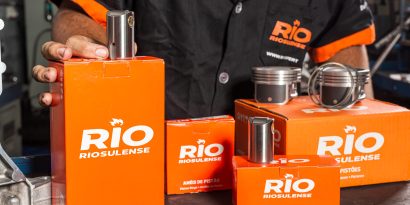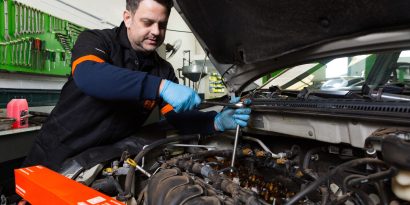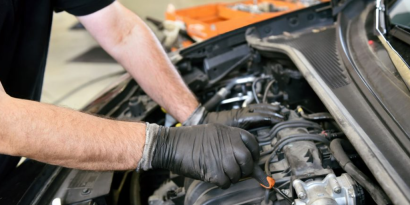Among the professionals who work in automotive repair, there is a consensus that periodic maintenance and overhaul are fundamental to ensure the vehicle’s good performance. As this process naturally involves the exchange of components, it is essential that the professionals in the area know and understand the differences between original and replacement parts.
That is why, in addition to technical knowledge, the repair process of a vehicle or an engine requires two other skills from the applicator. First, that he knows how to choose the best alternative parts for each case. Second, that he can explain to his customers the reasons — and benefits — of this choice. Hence the importance of being aware of the details in the spare parts market.
Explaining the differences between original and replacement parts
When an automaker produces a car, it uses a series of self-made parts, assemblies and components that make up not only the engine, but the whole structure of the car. For assistance and warranty reasons, these parts are generally available to dealerships and authorized workshops, being used for repairs and exchanges in the event of a manufacturing defect.
That obviously does not prevent private workshop owners from buying these components directly with the assembler as well. In fact, it is worth remembering that 70% of Brazilians prefer a private workshop to a dealership. And the owners of private workshops are aware that there is a huge parallel market for replacement parts, capable of producing items with similar or even superior quality than the original ones for a more affordable price and in a less bureaucratic way.
If there is a problem with a valve in the car’s cylinder head, for example, the workshop can offer the customer either the original valve, produced by the vehicle manufacturer, or the replacement valve, made by an industry specialized in the field. At this point, choosing the right and most cost-effective option involves understanding the differences between original and replacement parts.
- Original parts
As we have seen, original parts are those parts designed and manufactured by the vehicle manufacturer itself. These parts are identical to those installed in the car when it leaves the dealership in all the aspects: size, structure, composition and strength.
In very few words, these components have exactly the same durability and reliability as what the vehicle was originally made of, neither better nor worse. Generally, they have a slightly higher value and present a guarantee of adequacy between part and vehicle.
- Replacement Parts
These are the parts manufactured outside the vehicle assemblers, usually produced by large foundries and metallurgies, which specialize in producing quality components as alternatives to the original parts. This process involves metallurgical and engineering teams, technicians, specialists and a host of professionals involved in creating intelligent and durable solutions.
Still thinking about the differences between original and replacement parts, it is worth pointing out that the second group also comply with extremely rigorous quality, measurement and application standards, since they will be installed in assemblies, engines or vehicles with very high reliability indexes and, therefore, must correspond with equal or superior efficiency.
Spare parts market is a reference when it comes to exceptional quality
We have already noticed that replacement parts act as pillars of an entire market that moves several sectors of the automotive industry in Brazil and in the world, haven’t we? But those who think that this production chain exists only to supply the demand of workshops for cheaper parts are mistaken.
The truth is that, nowadays, the spare parts market is one of the greatest boosters of innovation in this segment, since they can combine technology, know-how and special techniques in order to create even more resistant and lighter materials, capable of delivering superior performance.
We are talking about a science of precision, in which iron and carbon are combined with chemical elements, such as nickel, to create special metallic alloys, enhancing their properties and resulting in a customized material for each type of need: lighter, less polluting or more malleable, for example. In fact, these special alloys can be superior to the original parts in many aspects.
And we speak with authority: here at RIO, we have technical and engineering teams dedicated to the study and improvement of cast iron alloys, special alloys, nickel alloys, cobalt alloys and several other combinations capable of aggregating and optimizing the physicochemical and mechanical properties of our products, ensuring versatility and expertise.
What we mean with this article is that your workshop or grinder can work with parts and components that are even better than the engine’s original materials, ensuring a quality application and, consequently, a well-provided service — from then on, it’s just a matter of time until your business accumulates more and more satisfied customers!
Well, it has probably become easier to understand the differences between original and replacement parts and why this knowledge is so important for the business routine, hasn’t it? And don’t forget that RIO’s portfolio offers over 5,000 items with varied dimensions and models for application in the main brands of light vehicles, utilities, trucks, agricultural machines and motorcycles. So why don’t you pay a visit to our website and find out how we can transform your work routine?





